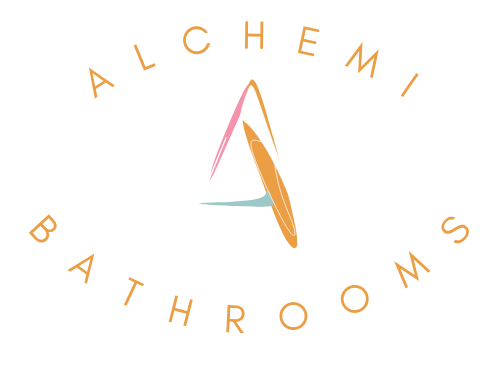The Rise of the Walk-in Shower: Weighing the Benefits and Drawbacks
As a self-proclaimed bathroom design enthusiast, I’ve been closely following the growing popularity of walk-in showers. These sleek, minimalist marvels have been steadily stealing the spotlight from traditional tub-shower combos, and I can certainly see the appeal. But like any home renovation decision, there are pros and cons to consider before taking the plunge (pun intended).
The Pros: Accessibility, Efficiency, and Style
Let’s start with the upsides. One of the biggest benefits of a walk-in shower is its accessibility. By eliminating the need to step over a high ledge or tub wall, these showers make bathing a breeze for those with limited mobility, whether due to age, disability, or injury. In fact, the AARP reports that a whopping 87% of adults aged 65 and older want to remain in their current homes as they grow older [1]. Walk-in showers are a game-changer for aging-in-place, helping to reduce the risk of dangerous falls that often occur in the bathroom.
But it’s not just the elderly who stand to benefit. Walk-in showers can be a savior for anyone who’s ever felt the sting of stubbing their toe on a tub’s sharp edge. With their flush entries and minimal thresholds, these showers provide a seamless transition that’s easy on the joints and the ego.
Another major perk? Walk-in showers are just plain efficient. By eliminating the need for a bulky tub, they free up valuable square footage, making even the most cramped bathrooms feel more spacious. And when it comes to water usage, walk-in showers tend to be more eco-friendly, consuming around 17 gallons per use compared to a bath’s 24-gallon average [2]. That’s music to the ears of any environmentally-conscious homeowner.
But let’s not forget about the aesthetic appeal. With their sleek, frameless glass enclosures and minimalist design, walk-in showers have a way of elevating the entire bathroom experience. They blend seamlessly with the rest of the space, creating a cohesive, spa-like atmosphere that feels both luxurious and low-maintenance [3]. No more dealing with grimy shower curtains or moldy caulk!
The Cons: Privacy, Moisture, and Cost
Of course, with all of their upsides, walk-in showers aren’t without their drawbacks. One of the most frequently cited concerns is a lack of privacy. Without the enclosed walls of a traditional shower stall, walk-in showers can leave bathers feeling exposed, especially in shared bathrooms [4]. This issue can be mitigated with the addition of strategically placed textured glass panels or curtains, but it’s something to consider.
Another potential downside is the increased risk of water splashing and moisture buildup. With no doors or curtains to contain the steam and spray, walk-in showers can turn the rest of the bathroom into a wet, slippery mess. Careful planning of the drainage system and the installation of non-slip flooring are a must to prevent puddles and potential falls [5].
And then there’s the cost. While the installation of a walk-in shower may seem straightforward, the reality is that these showers require specialized materials and labor, often resulting in a hefty price tag. Prefabricated units can start at around $600, while custom-built walk-ins can easily reach upwards of $2,000 [6]. For homeowners on a tighter budget, this may be a deal-breaker.
Weighing the Pros and Cons
Ultimately, whether a walk-in shower is the right choice for your bathroom comes down to weighing your specific needs and priorities. If accessibility and a modern, spa-like aesthetic are high on your list, the investment may be well worth it. But if privacy and cost are major concerns, a traditional shower enclosure or tub-shower combo might be the more practical solution.
Personally, I’m a big fan of the walk-in shower trend. As someone who values both form and function, I love the idea of a sleek, user-friendly shower that can also help future-proof my home. But I completely understand the hesitations, and I’d encourage any prospective walk-in shower owners to do their due diligence and consult with a professional before taking the plunge.
At the end of the day, the “perfect” bathroom design is the one that makes you feel comfortable, confident, and at ease. Whether that means a walk-in shower or something else entirely, the most important thing is that it works for you.
References
[1] AARP, “Home and Community Preferences of the 45+ Population” (2018).
[2] Apartment Therapy, “Walk-In Shower Problems You Need to Know About” (2021).
[3] RE/Bath, “The Pros and Cons of Walk-In Showers” (2022).
[4] Illume PM, “Pros and Cons of Walk-In Showers” (2021).
[5] Rated People, “The Pros and Cons of Walk-In Showers” (2022).
[6] Forbes Home, “Walk-In Shower Guide: Cost, Design, and Installation” (2022).
